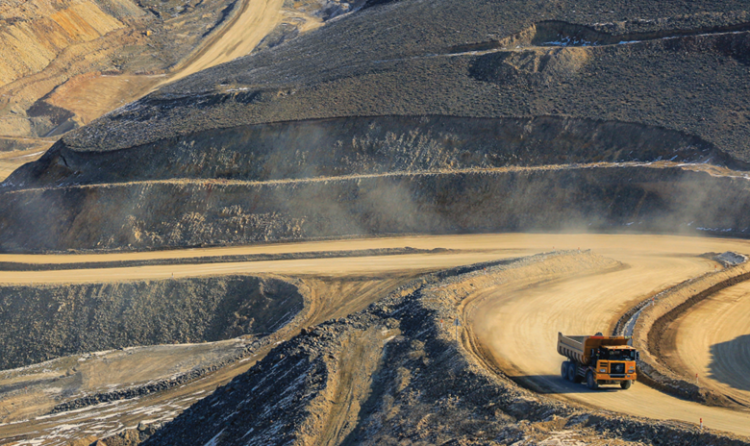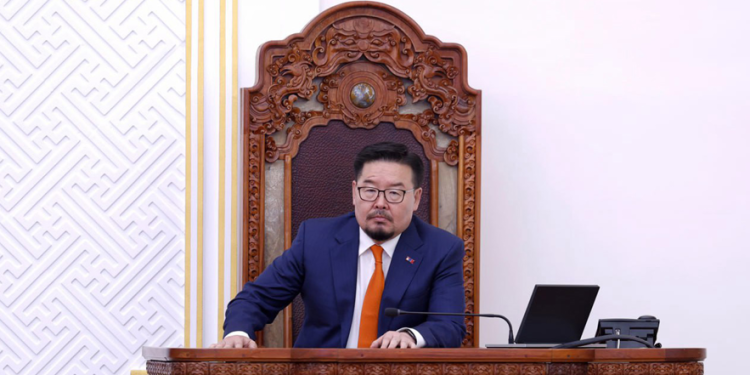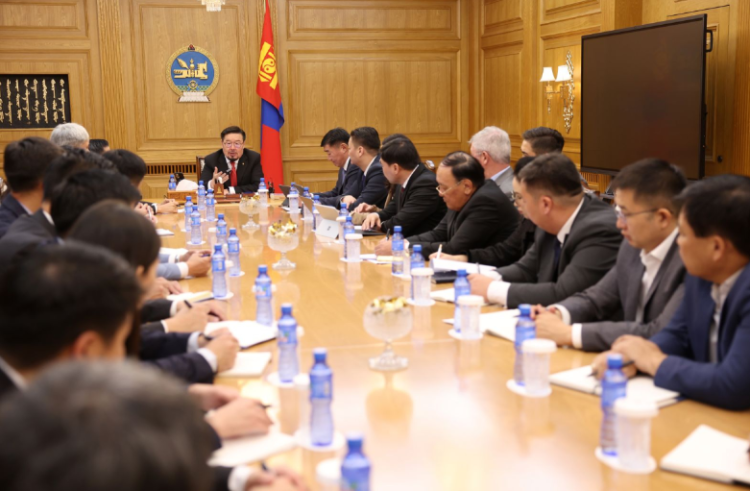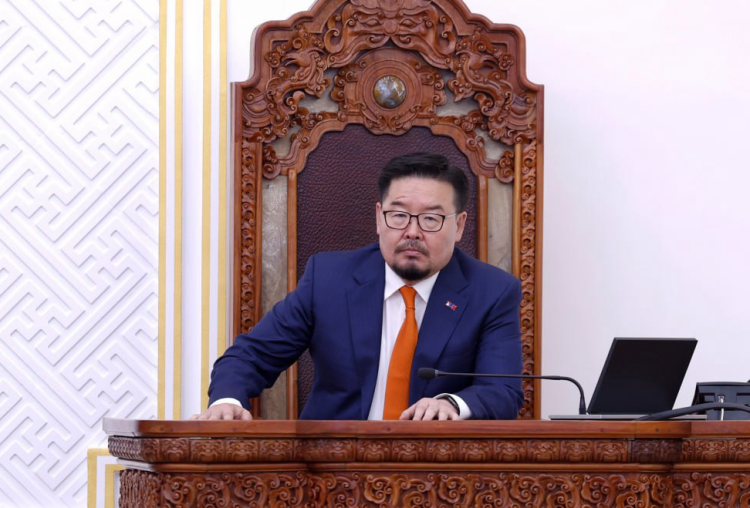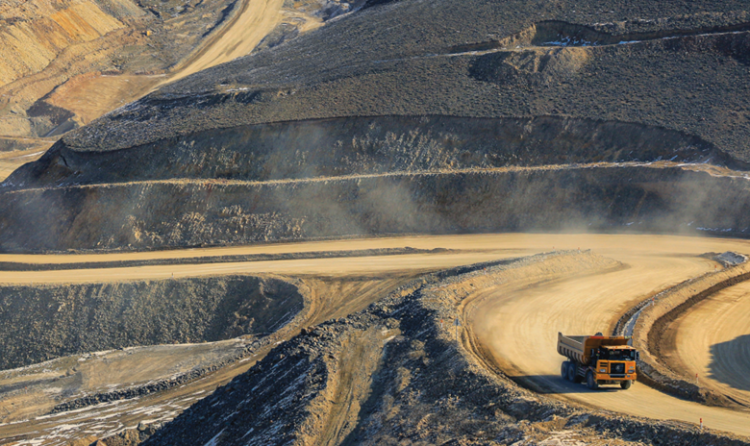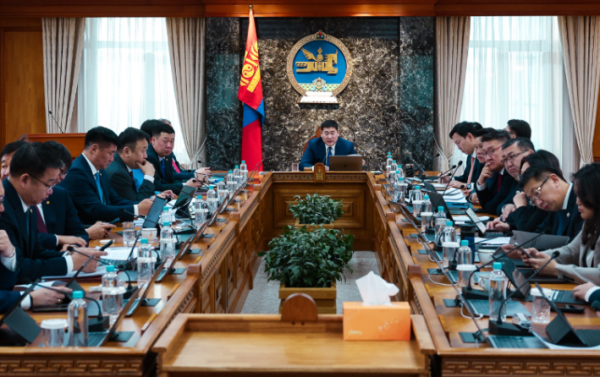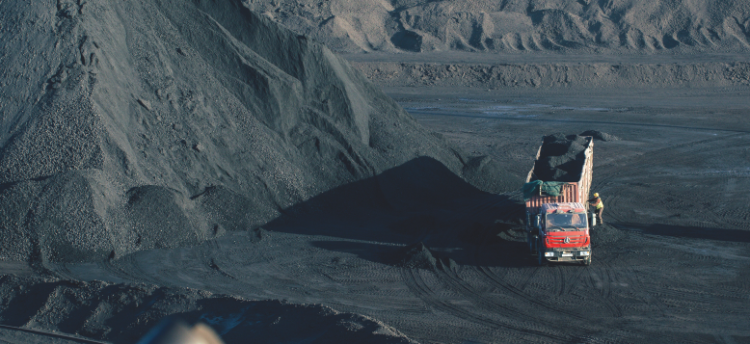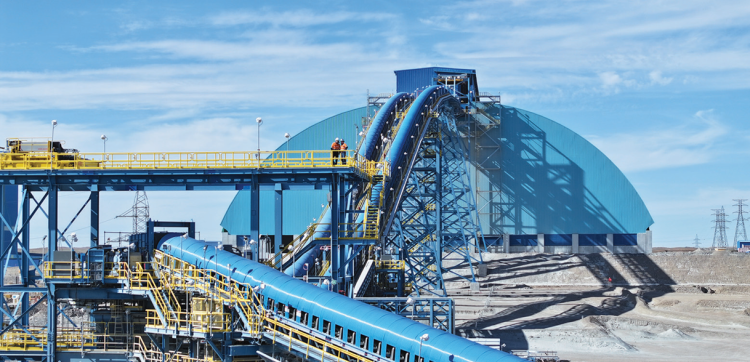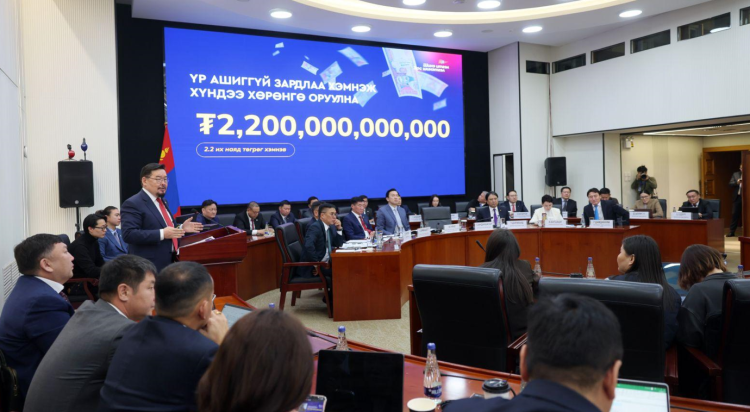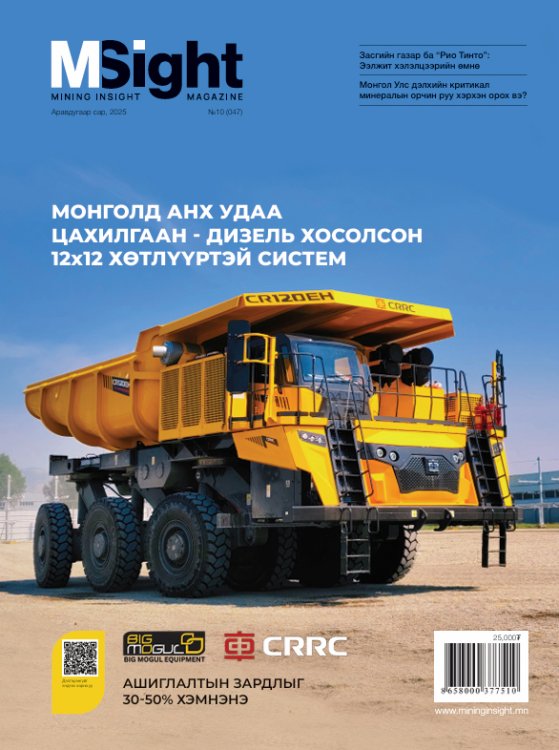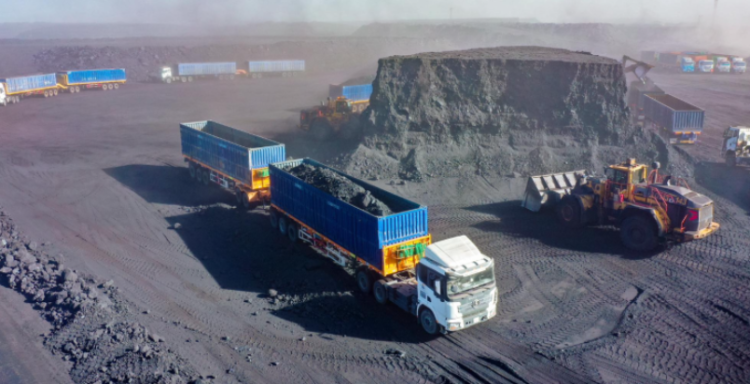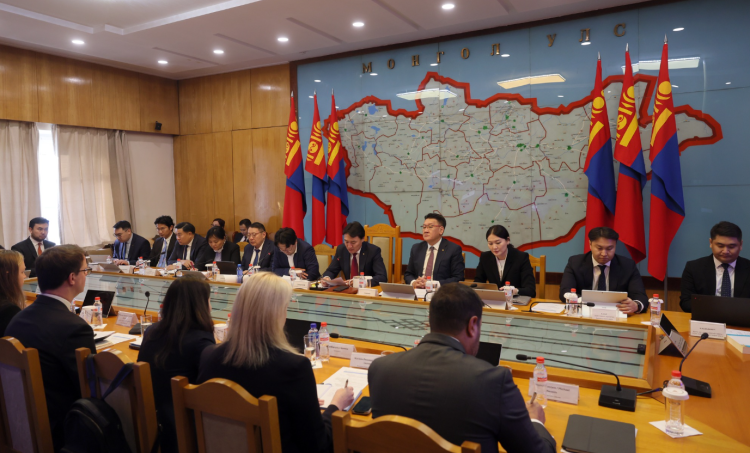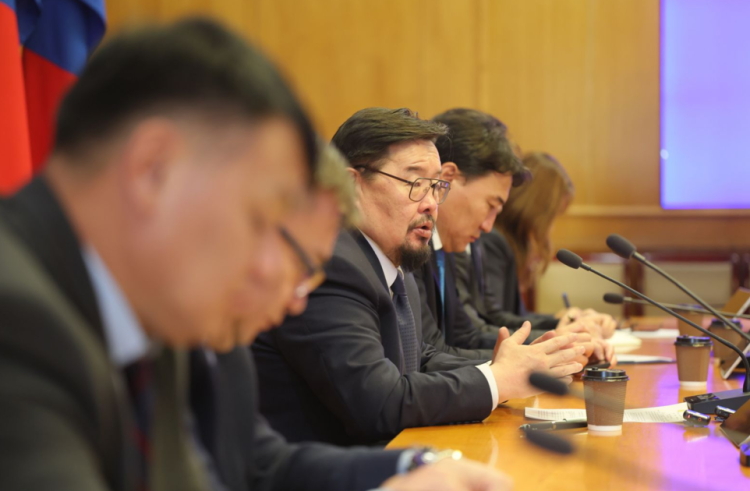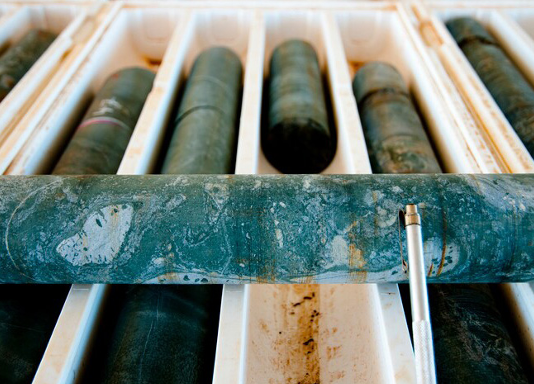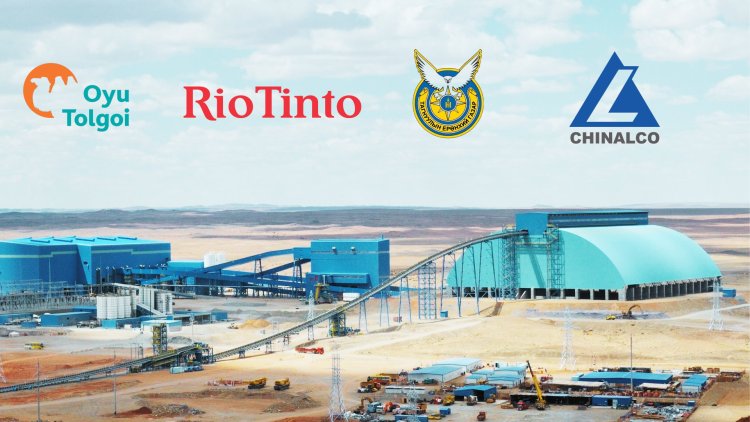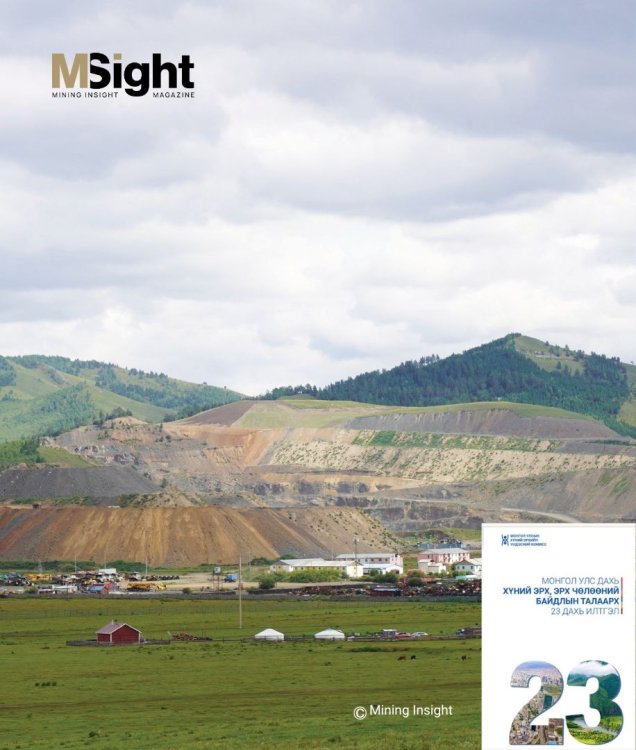bolderdene@mininginsight.mn
Each time coal prices fall and foreign currency inflows are disrupted, the government suddenly remembers its gold reserves-this year is no exception. The government is now pushing hard to have the “Gold-3” program approved by Parliament. The sharp decline in foreign currency inflows due to falling coal prices may become the biggest challenge the government faces in the second half of the year and into next year. In April, the government issued Resolution No. 211 titled “On Certain Measures to Increase Gold Production.” Ironically, since the issuance of that resolution and the buzz surrounding “Gold-3,” the amount of gold sold to the Bank of Mongolia has significantly decreased over the past three months. Expectations of tax incentives under the “Gold-3” program among companies and individuals, coupled with forecasts of rising global gold prices, have encouraged producers to hold off on selling their gold. The government expects the “Gold-3” campaign to increase the annual amount of gold sold to the Bank of Mongolia by at least 8 tons per year-equivalent to over USD 900 million at current prices. Compared to the lost revenues from coal exports, this is considerable amount. In just the first five months of this year, coal revenue declined by USD 1.5 billion year-on-year, with an average export price of USD 72 per ton. If prices do not recover over the next 18 months, the government will need to make up for a loss of USD 3–4 billion.
The “Gold-3” campaign is set to be implemented in three main directions: increasing gold extraction, supporting gold exploration, and utilizing dormant primary deposits. Specifically, it includes activating 82 untapped hard rock deposits, initiating production in deposits located within special protected areas, and partially utilizing licensed areas restricted by the “Long Named Law” through monitoring its implementation. In essence, the “Gold-3” campaign appears to be a short-term strategy by the government to survive by digging into its vaults for gold. Six Tons of Gold Could Be Mined from State-Owned Deposits What deposits fall under the authority of Parliament? The deposits under parliamentary jurisdiction-those located in special protected areas under Parliament’s 2020’s Resolutions No. 46 and 47-are the easiest and quickest to activate.
The biggest and most the well-known among those 4 hard rock deposits is Gachuurt hard rock deposit, which was designated as a strategic deposit but placed under special protection due to its proximity to Hunnu tombs. Its geological reserves are estimated at 75.9 tons of gold, with 42.3 tons of proven reserves. The project is ready for implementation, has a production capacity of 3.8 tons of gold with a feasibility study approved and infrastructure in place. If Parliament gives the green light, negotiations with the license holder could quickly clarify state ownership and launch operations. Other nearby deposits include Ereen and Baavgai hard rock gold deposits, the Shurdag River hard rock deposit in Batshireet and Binder soums of Khentii province. Together, these have 54.3 tons of proven reserves and could yield 5.3 tons annually-potentially increasing foreign exchange reserves by around USD 600 million by today’s proces. Only Parliament has the authority to remove these sites from special protection. If increasing foreign exchange reserves, boosting the Wealth Fund, and ensuring economic stability are deemed urgent, these deposits are nearly ready to be activated.
There’s an interesting overlap: In May 2020, when these sites were taken under special protection, current Prime Minister G. Zandanshatar was Speaker of Parliament, and current President U. Khurelsukh was Prime Minister. Whether they will now reverse their own decisions from five years ago remains to be seen. Approximately 7.5 Tons of Gold Could Be Mined from “Long Named Law” Areas Authorities estimate that up to 7.5 tons of gold could be mined from areas covered by the “Long-Named Law.” However, this is a complicated issue. There are about 10 tons of placer gold deposits within water basin protection zones, split into special and ordinarily protected zones. Ten years ago, deposits previously in use but later included under the law were allowed to continue mining under five-party agreements, on the condition that they fully deplete reserves and complete environmental rehabilitation. Currently, 7.5 tons of gold remain in licensed areas operating under such agreements. Only 336 kg is planned for extraction this year, but this could be raised to 700 kg if agreements is reached with local governments. Additionally, the government could issue a decision to redefine boundary lines, potentially allowing an additional 300+ kg to be mined annually. In short, the short-term economic activation of previously canceled placer deposits could yield up to 1 ton of gold per year, equating to roughly USD 110 million. However, this will require government action-and it won’t be easy. Since its inception, the “Long-Named Law” has sparked endless debate. Authorities have invested significant effort into its enforcement, and now that the situation is stabilizing, there is concern about stirring things up again. Some argue the issue isn’t merely about extracting gold but ensuring proper rehabilitation and fully protecting river basins from illegal miners and informal operations. How Much Investment is Needed in Primary Gold Deposits? A striking piece of information from the “Gold-3” campaign discussion is that out of 82 hard rock deposits with 347 tons of reserves, only 14 have been economically activated. The remaining 68, containing 228.7 tons of reserve, remain idle. Some of these are held by state-owned companies. Both public and privately held hard rock deposits willto be brought into economic circulation immediately.
Policy measures under consideration include changing income tax thresholds, “crushing” opposition from local authorities, increasing permits and imports for chemical and explosive substances, and, if necessary, creating soft loan schemes in collaboration with the Bank of Mongolia. These efforts could help increase annual gold production by around 2 tons. Why the 62 deposits remain inactive is unclear-beyond a few being labeled as requiring investment, there’s little information. According to the Mineral Resources and Petroleum Authority (MRPA), company reports from last year indicate that 13 gold projects would require MNT 360 billion in investment. Of these, 8 hard rock deposits with a combined reserve of 8.1 tons of gold need MNT 223 billion. If activated, these deposits could increase the annual gold sales to the Bank of Mongolia by about 1.5 tons. So far, MNT 1.4 trillion has been invested in the currently operating gold deposits, including the Boroo deposit from 20 years ago. The largest investment was in the Khan Altai Resources deposit, which began operations two years ago. Next is the Bayan Airag deposit, which is now closing. Large deposits with more than 20 tons of reserves have required at least MNT 200 billion in investment. Recent projects like Khan Altai Resources, Steppe Gold, and Erdene Resource faced considerable challenges in attracting investment-and even now, their licenses remain pledged as collateral for commercial bank loans.All this underscores that attractive investment environemtn is essential for discovering and developing large-scale gold deposits.
Mining Insight Magazine, June & July 2025, №06, 07 (043, 044)



